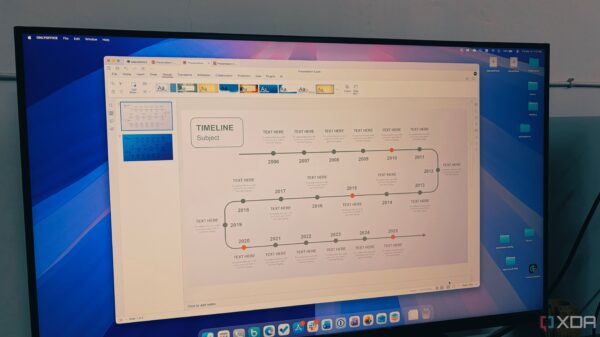A significant vulnerability in embedded SIM (eSIM) technology threatens more than 2 billion devices globally. This flaw, identified in a widely adopted eSIM framework, poses serious security risks for smartphones, Internet of Things (IoT) devices, and other connected hardware. Experts warn that the implications of this discovery could lead to unauthorized access, data theft, and even device takeover.
The core issue originates from a vulnerability in the eSIM profile management system, particularly within technology provided by Kigen, a prominent player in the eSIM solutions market. According to a report by TechRadar, researchers have demonstrated that attackers could exploit this vulnerability to clone or spoof phone numbers, enabling spying or full control over the compromised devices.
Understanding the Vulnerability
The flaw has been traced to Kigen’s eUICC (embedded Universal Integrated Circuit Card), which is essential for eSIM functionality. Reports from The Hacker News indicate that the vulnerability allows malicious actors to manipulate authentication data, bypassing crucial security protocols designed to protect user identities. This could result in unauthorized access to networks, interception of communications, or even the hijacking of devices for malicious purposes.
The scale of the problem is alarming. As highlighted by Infosecurity Magazine, billions of IoT devices, from smart home appliances to industrial sensors, are susceptible to this flaw. Unlike traditional SIM cards, eSIMs are embedded and not easily removable, meaning compromised devices may remain vulnerable even after detection, creating a persistent risk for users and organizations.
Historical Context and Industry Response
Delving deeper, Dark Reading points out that the vulnerability may be rooted in a six-year-old issue related to Oracle technology, which underpins many eSIM implementations. This long-standing flaw went unaddressed, raising concerns about oversight within the supply chain of digital components. Cybersecurity experts, as cited by Security Affairs, warn that the sophisticated nature of the exploit makes it accessible to both state-sponsored actors and individual cybercriminals. The ability for attackers to clone eSIM data remotely heightens the threat, allowing them to target users without needing physical access to their devices.
In the wake of this discovery, manufacturers and network operators face increased pressure to develop patches or redesign systems to mitigate the risk. This process could take months or even years due to the complex nature of eSIM integration. Meanwhile, Cybernews reports that billions of phone numbers remain exposed to potential cloning and spoofing, highlighting the urgent need for user awareness and interim safeguards.
The Kigen eSIM vulnerability underscores the broader challenges surrounding cybersecurity in the age of IoT. As billions of devices rely on this foundational technology, the tech sector must prioritize swift responses and transparency. By doing so, it can help restore confidence in a highly connected world where the stakes are alarmingly high.



































































